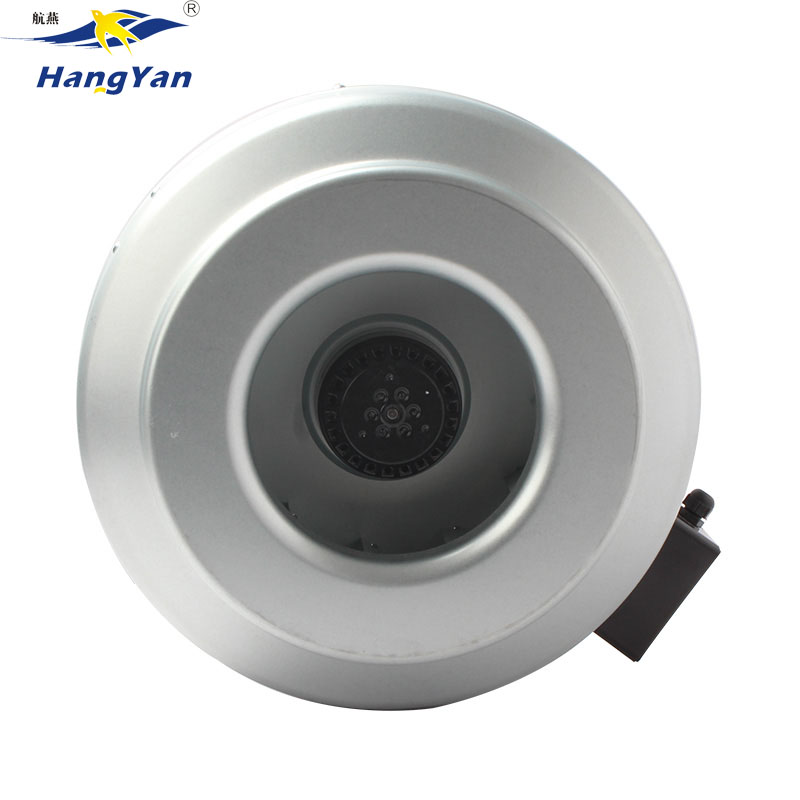
When you consider to purchase inline duct fans, you may probably already know some of the basic uses of these fans. However, you may not be aware of what inline duct fans are exactly or how they work.
Purchasing this type of fan is a great buy, and you should be aware of all the amazing benefits of doing so. For a guide on all you need to know about these fans and how they function, continue reading!

These fans are cylindrical and will be installed in the place of one section of ductwork. So, in order for the inline duct fans to be installed, your HVAC ducting needs to be worked on and will be exposed. Depending on the type of unit, some easily plug in while others need hardwiring with a relay to the furnace that signals for it to kick on and off.
Because of this, in some instances, an electrician may be required for installation. Before making a purchase, know the shape and size of your ductwork. This ensures that you purchase the right unit size.
Once the installation is completed, these fans give you a quieter outcome.
The inline duct fans do not rest on the ceiling. They are attached to the ductwork inside the ceiling or attack and are located further away from the room.
Do you have a large bathroom? Are you trying to regulate heat in multiple rooms? This is where inline duct fans come in handy.
For largely sized bathrooms, you can opt to have two different intake points. With the use of a Y Junction, your inline duct fan can have multiple outlets or inlets.
Because inline fans work with your ducting, they’re a much better option for connecting the extraction point to the outlet if these two points are far away from one another. For example, if you need to connect the fan from your bathroom to your roof vent, but the distance is quite far, a standard booster fan won’t be the best choice.
The inline duct fan’s ability to work with ducting also makes it useful for sub floor ventilation and heat transfers.
With standard booster fans, the minute they’re turned on, their noise is noticeable. They’re easily heard and can sometimes be quite annoying. But with inline duct fans, noise is no longer an issue.
Because they are located within the ducting inside the attic space, they aren’t close to the room that they are being used for. This significantly decreases the noise level of the fan. For those with well-insulated roofs, the noise will almost become non-existent.
If your roof’s insulation is not the best, there’s no need to worry. There are silent models available for purchase, which also eliminate the noise.
Unlike standard booster fans, inline duct fans come with the option of high power motors and in large sizes.
Before an inline duct fan is installed, there are several parts that you’ll need prepared. Be sure to have all parts ready to go.
The external vent comes in the form of a wall vent or a mounted ceiling vent. There are plenty of options available so you’ll be able to find the right match for your room.
Know the size of the ducting that you’ll be using before purchasing the intake vent. The intake vent’s size will be dependent upon the size of the ducting. The intake vent is the extraction point of the system.
Intake vents come in a plethora of colors, shapes, and overall styles. You’ll have no problem finding one that suits your room’s decor.
Know the size of the ducting before purchasing the fan as well. It’s best to buy a fan that is the same size as your ducting. The fan is the main part of the system and not only will the type of fan depend on the duct sizing, but it will depend on the size of the room, the application, and other factors.
Your ducting should be as straight as possible for the best results. If you do not already have ductwork in place, you’ll need to have it installed with the fan. The ductwork connects the external vent to the motor and the motor to the vent.
You know what parts you’ll need to complete the installation process and all the benefits of doing so. And now that you know everything there is to know about inline duct fans and how they work, it’s time to purchase your inline duct fan system!
